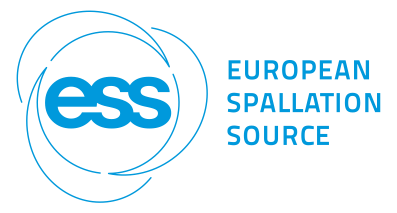Speaker
Dr
Hee-Seock Lee
(Pohang Accelerator Laboratory, POSTECH)
Description
The activation analysis for heavy-ion accelerator is important issues but the experimental data are limited. In this work the ability of several Monte Carlo codes to predict spallation products in thick Cu target were investigated by benchmarking calculations. FLUKA, PHITS/DCHAIN-SP, and MCNPX/FISPACT were tested. The depth profile of spallation products in thick Cu target irradiated by protons (100, 230 MeV), C ions (100, 230, 400 MeV/n), Ar ions (230, 400 MeV/n) and 238U ions (500 MeV/n) were calculated using the Monte Carlo codes and compared with earlier works. For 238U ions on Cu target, the fragment yields of 46Sc, 51Cr, 56Fe, 52,54Mn and 56,57,58Co of target nuclei were investigated. In the case of C and Ar ions on Cu, fragment yields of 7Be, 22Na, 38Cl, 49Cr, 56Mn, and 61Cu of target nuclei as well as projectile were calculated. A Relativistic Quantum Molecular Dynamics (RQMD) model in FLUKA, JAERI Quantum Molecular Dynamics (JQMD) and Generalized Evaporation Model (GEM) in PHITS, and a Los Alamos Quark-Gluon String Model (LAQGSM) in MCNPX were benchmarked. A good agreement was observed between calculations and experimental data, at the beginning of depth of Cu target. In general, FLUKA results were closer to the experimental data than other codes for the incident 238U ions and Ar ions on Cu. In the case of C ions, the discrepancy between calculations and experimental data becomes smaller with increase in the incident ions energy. The estimation properties of each Monte Carlo codes were discussed finally.
Author
Dr
Hee-Seock Lee
(Pohang Accelerator Laboratory, POSTECH)
Co-authors
Ms
Arim Lee
(Pohang Accelerator Laboratory)
Dr
Leila Mokhtari Oranj
(Division of Advanced Nuclear Engineering, POSTECH, Pohang 37673, Republic of Korea)
Dr
Nam-Suk Jung
(Pohang Accelerator Laboratory, POSTECH)
